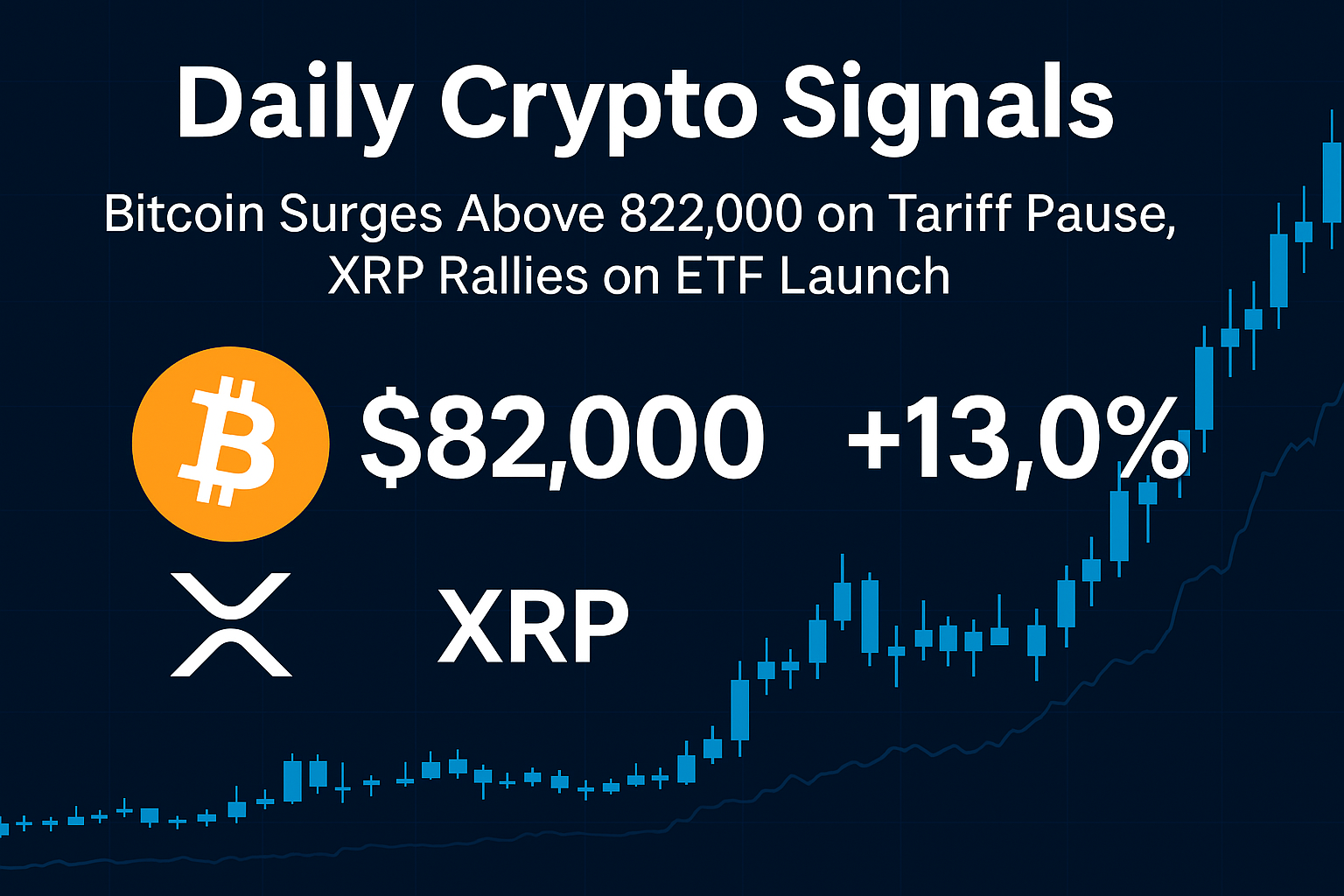Ethereum has long been praised as a leader in crypto sustainability, but its recent market correction—falling below the key $2,400 level—has raised new questions for investors. As technical signals suggest a potential pullback to $2,200, Ethereum’s underlying value proposition remains anchored in its green transformation.
Ethereum’s Price Slides Below the 200-Day EMA
Ethereum recently dipped beneath the $2,400 threshold, a move that placed it below its 200-day Exponential Moving Average (EMA)—a widely observed technical indicator. This break could signify a bearish trend in the short term, with analysts warning of a possible retest of the $2,200 support zone.
This correction comes amid broader volatility in the crypto market, which has seen Bitcoin cool off after its surge to a record-breaking $111,000. As always in crypto, market cycles are rapid and sentiment can change overnight. But amid these price swings, Ethereum’s green credentials continue to give it a fundamental edge.
Why Ethereum Still Stands Out
Despite the price decline, Ethereum’s status as a Proof-of-Stake (PoS) network sets it apart from traditional energy-heavy blockchains like Bitcoin. Its transition during the 2022 Merge slashed energy consumption by over 99%, making ETH one of the most eco-friendly major cryptocurrencies in circulation today.
This sustainability advantage isn’t just good PR—it could determine Ethereum’s eligibility for inclusion in ESG portfolios and its long-term regulatory viability. With climate-focused policies becoming more stringent, the environmental impact of digital assets is moving to the forefront of investment decisions.
Bitcoin Still Trails on Sustainability
Meanwhile, Bitcoin continues to rely on the Proof-of-Work (PoW) consensus, which consumes energy on par with mid-sized nations. Though proponents argue that Bitcoin miners increasingly use renewable energy, the lack of standard reporting or regulation keeps investors guessing.
Environmental watchdogs and lawmakers have grown more vocal about the carbon footprint of PoW cryptocurrencies. As a result, institutions with ESG mandates may be forced to exclude BTC, giving Ethereum and other PoS coins a competitive edge.
Dogecoin’s Sustainability Ambitions
Another surprising player in this transition is Dogecoin. While it still runs on a PoW system, Dogecoin developers are in talks to shift to a more energy-efficient model, influenced by discussions with Elon Musk. If successful, DOGE could further shake up the sustainability landscape by pairing viral popularity with greener tech.
Navigating the Road Ahead
Ethereum’s current market correction may deter short-term traders, but for long-term investors with a focus on sustainability, ETH remains one of the most future-proof cryptocurrencies. Its price dip may in fact present an attractive entry point, especially for those who believe environmental accountability will shape the future of finance.
As the market stabilizes, eyes will be on whether Ethereum can reclaim key resistance levels and continue to lead the pack—not just in price action, but in building a more sustainable blockchain future.




